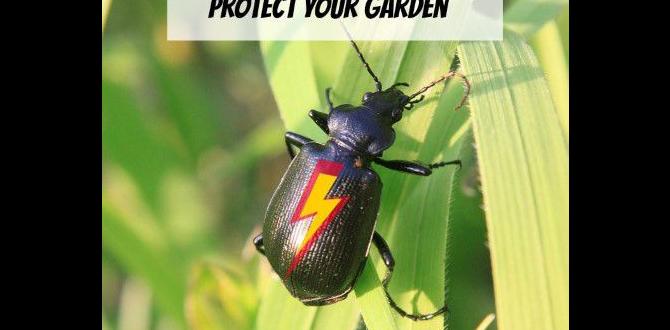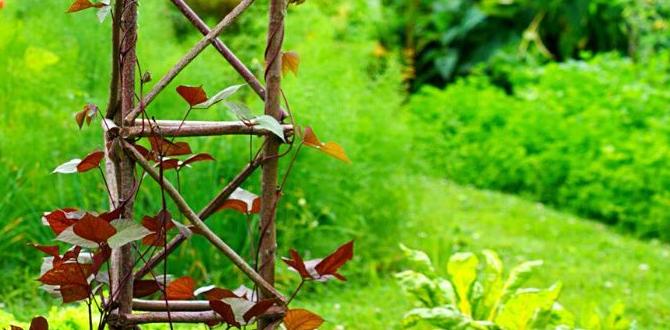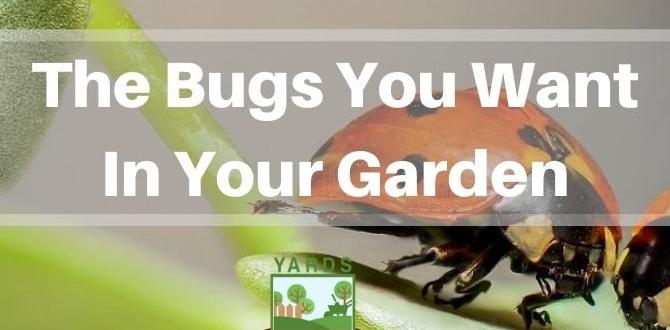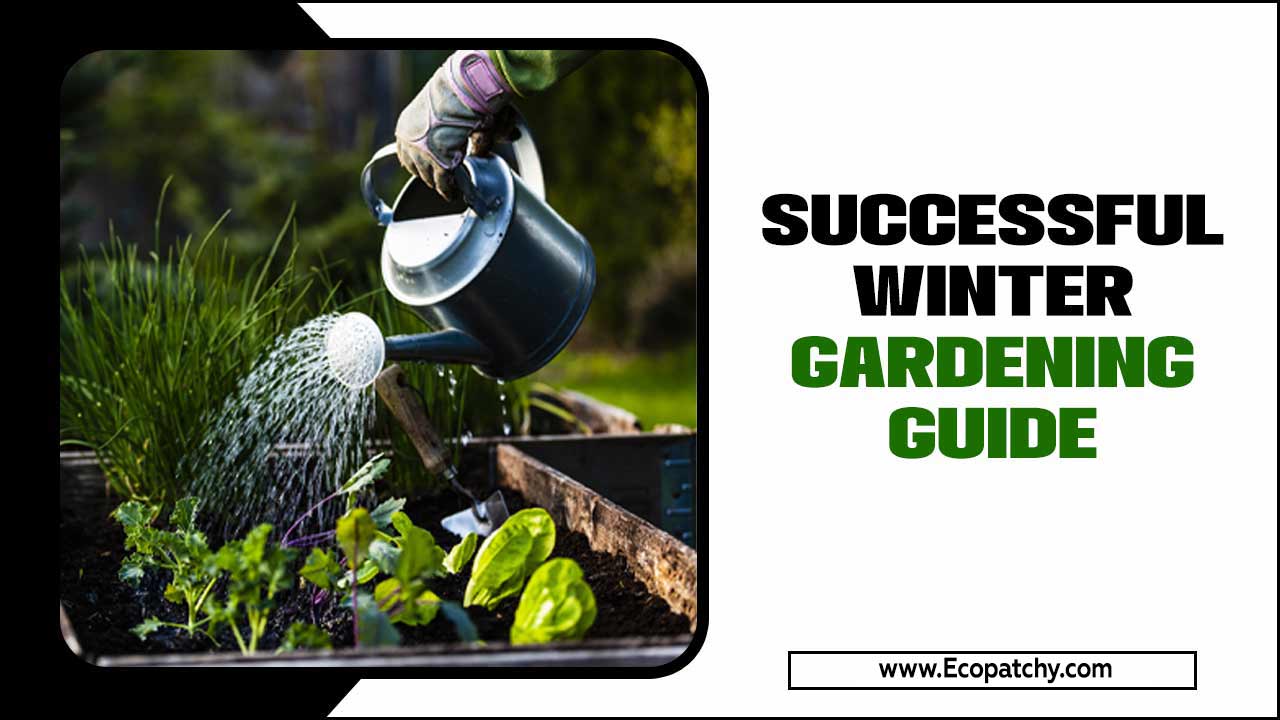Have you ever seen tiny creatures in your garden and wondered if they are friends or foes? Many people think all bugs are bad. But did you know that some bugs can actually help your garden grow? These are the good bugs for gardens.
Good bugs are nature’s helpers. They pollinate plants, eat pests, and enrich the soil. For example, ladybugs are famous for munching on aphids. Fewer aphids mean healthier plants.
Imagine planting new flowers. You water them and hope for the best. Then, one day, you see a swarm of butterflies dancing around your blooms. They are not just pretty. They are good bugs helping your flowers thrive. Isn’t that amazing?
In this article, we will explore the fascinating world of good bugs for gardens. You will learn how these tiny allies support your plants and why they are crucial for a healthy garden. Join us as we uncover the magic of these little creatures!
Discover The Best Good Bugs For Gardens To Enhance Growth
Good Bugs for Gardens
Did you know that not all bugs are bad for your garden? In fact, some bugs are great helpers! Good bugs like ladybugs, lacewings, and bees help control harmful pests and pollinate plants. Ladybugs munch on aphids, tiny creatures that damage plants. Meanwhile, bees enable flowers to grow by spreading pollen. Encouraging these bugs can make your garden thrive. Planting flowers and avoiding pesticides can attract these friendly critters. So, why not invite some good bugs into your garden today? They might just become your best garden friends!Top 10 Good Bugs for Your Garden
Detailed descriptions of the ten most effective beneficial insects.. Identification tips and visual cues for recognizing these insects..
Beneficial insects can help your garden thrive. They eat harmful pests, pollinate flowers, and improve soil health. Here are ten good bugs to look for:
- Ladybugs: Bright red with black spots. They eat aphids.
- Praying Mantis: Green and long. Known for its unique stance and hunt.
- Bees: Yellow and black. Essential for pollination.
- Butterflies: Colorful and graceful. Great for pollinating flowers.
- Dragonflies: Flashy and fast. They help control mosquitoes.
- Earthworms: Brown and wiggly. They enrich the soil.
- Green Lacewings: Delicate with green wings. They eat aphid pests.
- Ground Beetles: Dark and shiny. They hunt garden pests at night.
- Hoverflies: Small, often striped. They mimic bees and help control aphids.
- Parasitic Wasps: Tiny wasps that lay eggs in pests. They keep harmful insects in check.
Spotting these bugs is easy. Look for their unique colors and shapes. Encourage them by planting flowers and avoiding harmful sprays.
Why are beneficial insects important for gardens?
Beneficial insects are key to a healthy garden. They keep bad pests away and help plants grow strong. Without them, gardens can struggle. Strong gardens produce more flowers and fruits, creating a vibrant ecosystem.
How to Attract Beneficial Bugs to Your Garden
Planting strategies and companion plants that draw good bugs.. Environmental factors that enhance habitats for beneficial insects..
Want to bring good bugs to your garden? Start by planting flowers like marigolds and daisies. They are like bug magnets! You can also mix in herbs, such as basil and mint. Companion planting helps too! It creates a buffet for friendly insects. Also, give bugs a cozy home by providing water and shelter. A small bug hotel or a puddle works wonders. Your garden could soon turn into the hottest spot for beneficial bugs!
| Plant Type | Beneficial Bugs Attracted |
|---|---|
| Marigolds | Lacewings, Ladybugs |
| Basil | Hoverflies |
| Daisies | Bees, Butterflies |
| Mints | Ladybugs |
Creating a Balanced Ecosystem in Your Garden
The importance of biodiversity and its relationship with beneficial bugs.. Tips for integrating good bugs into existing garden plans..
Every garden needs a mix of plants and creatures. This mix is called biodiversity. It helps make a home for good bugs. These bugs keep plants healthy by controlling pests. To bring in these helpful critters, try these tips:
- Plant native flowers to attract beneficial insects.
- Avoid using harsh chemicals; they can harm good bugs.
- Provide water sources like small dishes with pebbles.
Creating a balanced garden can be fun. It not only improves plant health but also supports our tiny helpers!
How do beneficial bugs help my garden?
Beneficial bugs are like nature’s superheroes. They can eat harmful pests and pollinate flowers, which is vital for growing fruits and veggies!
Organic Pest Control: The Advantage of Using Good Bugs
Comparison of beneficial insects to chemical pesticides.. Case studies showcasing success stories with good bugs in pest control..
Using good bugs for pest control has clear advantages over chemical pesticides. Good bugs, like ladybugs and lacewings, eat harmful pests while keeping the garden safe. Unlike chemicals, good bugs are friendly to people and pets.
Case studies show that many gardens thrive with these helpful insects. For example, one farm reduced pests by 80% using ladybugs alone! This method is not only effective but also natural.
- Good bugs work better over time.
- They do not harm beneficial insects.
- They promote a healthy ecosystem.
Common Myths About Good Bugs
Addressing misconceptions surrounding beneficial insects and gardening.. Facts vs. fiction: clarifying the role of good bugs in pest management..
Many people believe all bugs harm plants. This isn’t true! Good bugs help gardens stay healthy. They eat pests that attack plants. Some common myths include:
- All bugs are bad for gardens.
- Using sprays is better than good bugs.
- Good bugs won’t come if you have some pests.
Good bugs are nature’s helpers. They keep pest numbers down. Knowing the truth can help you care for your garden better.
What are some good bugs for gardens?
Ladybugs, lacewings, and hoverflies are great examples of good bugs for gardens. They help manage pests naturally!
Maintaining a Healthy Habitat for Good Bugs
Best practices for sustaining an environment conducive to beneficial insects.. Seasonal care tips to ensure yearround support for good bugs..
Creating a cozy home for friendly bugs is important. These little helpers love a good environment. Start by planting flowers that attract them, like marigolds and sunflowers. Keep your garden free from harsh chemicals. Instead, try natural remedies. Don’t forget to mulch! It helps keep the soil moist and provides shelter. In winter, leave some plants standing. They offer homes for bugs! Below are some seasonal tips:
| Season | Tip |
|---|---|
| Spring | Plant flowers for pollinators. |
| Summer | Provide water sources like small dishes. |
| Fall | Leave some garden debris for shelter. |
| Winter | Protect good bugs with mulch. |
Support your garden buddies all year! They’ll thank you later by helping your plants grow. Plus, who doesn’t love a garden buzzing with life?
Resources for Further Learning
Recommended books, websites, and organizations focused on beneficial insects.. Workshops or community programs that educate on good bugs in gardening..
Want to learn more about good bugs for gardens? Here are some great resources:
- Books: “Good Bugs for Your Garden” by Jane H. Smith is a fun read.
- Websites: PBS Gardening offers information and tips on insects that help gardens.
- Organizations: The Xerces Society focuses on protecting beneficial insects.
- Workshops: Local community gardens often hold events on garden insects.
These resources make it easy to discover how beneficial insects can improve your garden.
What are the best resources to learn about beneficial insects?
Books, websites, and workshops provide great information on beneficial insects in gardening.
Conclusion
In conclusion, good bugs are essential for healthy gardens. They help control pests, pollinate plants, and improve soil. By inviting these friendly insects into your garden, you create a thriving ecosystem. You can attract them by planting flowers and avoiding harmful chemicals. Explore more about beneficial bugs and start your journey to a healthier garden today!FAQs
What Are Some Of The Most Beneficial Insects To Have In A Garden, And What Roles Do They Play In Maintaining Plant Health?Some of the best insects for your garden are ladybugs, bees, and praying mantises. Ladybugs eat tiny pests like aphids. Bees help plants by spreading pollen, which helps them grow fruits and flowers. Praying mantises hunt other garden bugs. These insects keep our plants healthy and happy!
How Can Gardeners Effectively Attract Good Bugs To Their Gardens Without Using Harmful Pesticides?To attract good bugs, you can plant flowers like marigolds and sunflowers. These plants give bugs food and shelter. You can also use herbs like basil and mint; they smell great and invite helpful insects. Making small piles of leaves or rocks gives bugs a cozy home. Finally, avoid using harmful chemicals and let nature take care of pests!
What Plants Can Be Grown To Serve As A Habitat Or Food Source For Beneficial Insects?You can grow flowers like marigolds, daisies, and sunflowers. These plants attract helpful insects like butterflies and bees. You can also plant herbs like parsley and dill. These herbs provide food for caterpillars and other good bugs. Having a mix of these plants makes your garden a great home for beneficial insects!
How Do Good Bugs, Such As Ladybugs And Lacewings, Help In Controlling Pest Populations Naturally?Good bugs like ladybugs and lacewings are great helpers in gardens. They eat pests like aphids, which can harm plants. When you have these bugs around, they keep the bad bugs under control. This means your plants can grow healthy without using chemicals. You can enjoy a beautiful garden thanks to these tiny helpers!
What Are The Signs That Beneficial Insects Are Present In A Garden, And How Can Gardeners Encourage Their Presence?You can see signs of helpful insects by looking for ladybugs, butterflies, and bees in your garden. These insects help plants grow and protect them from bad bugs. To encourage them, you can plant colorful flowers and herbs. You can also avoid using strong bug sprays, which can hurt the good insects. Keeping your garden full of different plants helps too!







